Sun family exhibition area general introduction
This exhibition area will take you to appreciate the members of the solar system family. The solar system is the sun at the center and all the celestial bodies constrained by the sun's gravity: including eight planets, five dwarf planets, at least 165 moons and hundreds of millions of small solar bodies, such as asteroids, comets, Kuiper belt objects and interstellar dust, and so on.
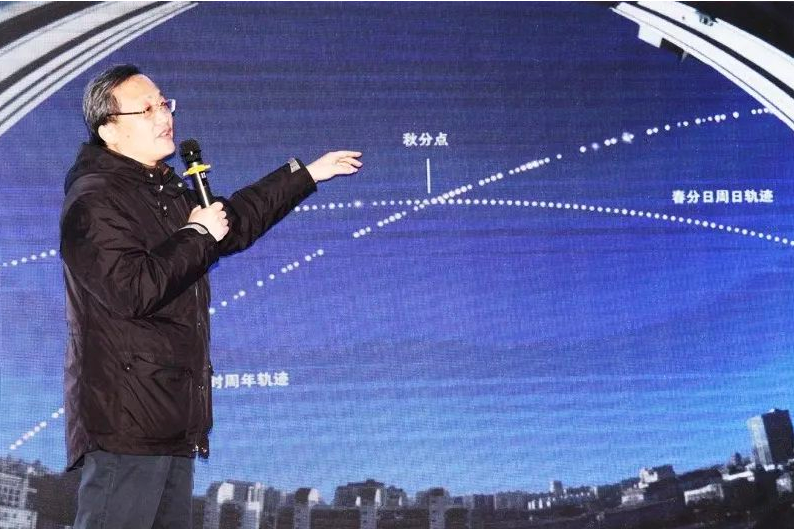
3D solar system
The actual distribution of the eight planets in space in the solar system is presented in 3D. It's an immersive experience, with views of the major objects in the solar system.
Exhibition of Eight Planets
Experience gravity: How much does a standard basketball weigh if you place it on these eight planets? The acceleration of gravity on the surface of the eight planets varies, with Jupiter, the largest, about 2.5 times that of Earth, and Mercury, the smallest, a little more than a third that of Earth. Let's experience the difference in the gravitational acceleration of the same basketball by lifting it on the surface of different planets.
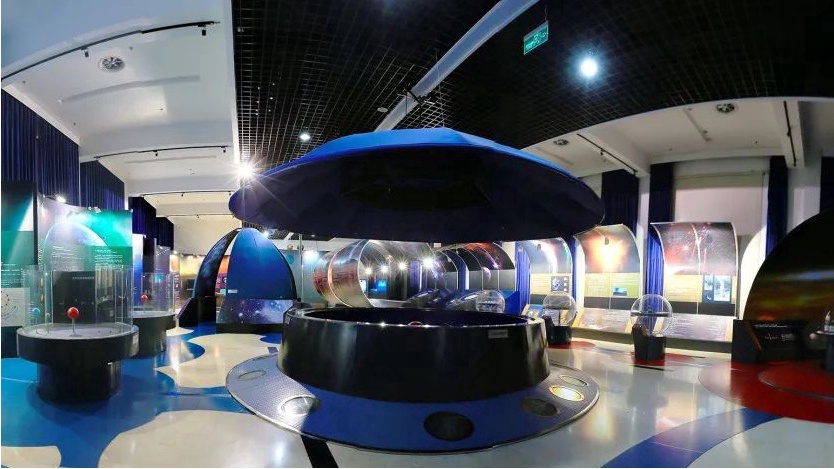
Planetary Worlds in Telescope: This exhibit will take you on a 3D planetary tour, taking you up close to the surface of the planets. The video here shows you the features of the planets or the surfaces they fly over.
Planet: Each planet has its own unique side. For example, Jupiter is the largest planet in the solar system, and Mercury has the largest temperature difference between day and night in the solar system.
Planetary emojis: The eight planets were given eight emojis, including pain, loneliness or expectation, each of which reflected the planet's own characteristics. Venus doesn't cry because it lives in a heat wave of 400 degrees all the time. Mars look forward to the eyes, is the expectation of human visit; Jupiter has good reason to be proud -- it is, after all, the biggest of the planetary worlds in our solar system. And distant and lonely Neptune.

Information information desk
The sun family not only includes the sun and eight planets, but also asteroids, comets, satellites, Kuiper belt celestial bodies, etc. In this easy to operate information desk, you can find their relevant knowledge, friends, come to learn together
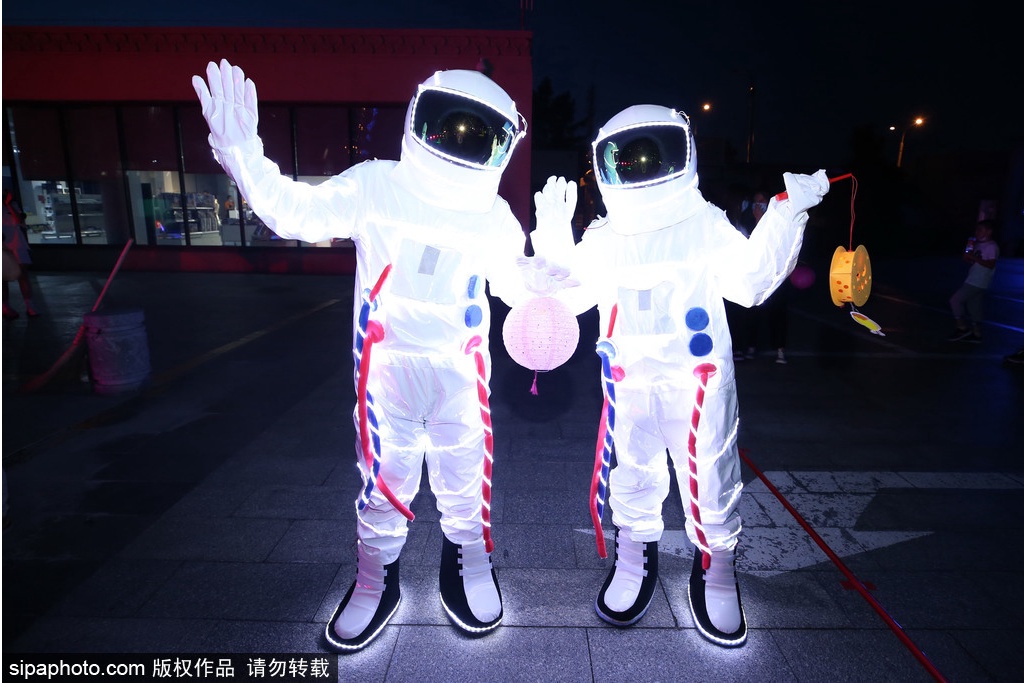
Compare the size
Eight models were made in proportion to the actual size of the eight planets. From the largest Jupiter (60 cm) to the smallest Mercury (about 2cm), the size of the eight brothers is quite different. Our Earth is not that prominent either, with a diameter of about 5.5 cm. The common feature of the Jovian planets is that they are generally large and gaseous. The common feature of the Earth-like planets is that they are relatively small and have solid surfaces.
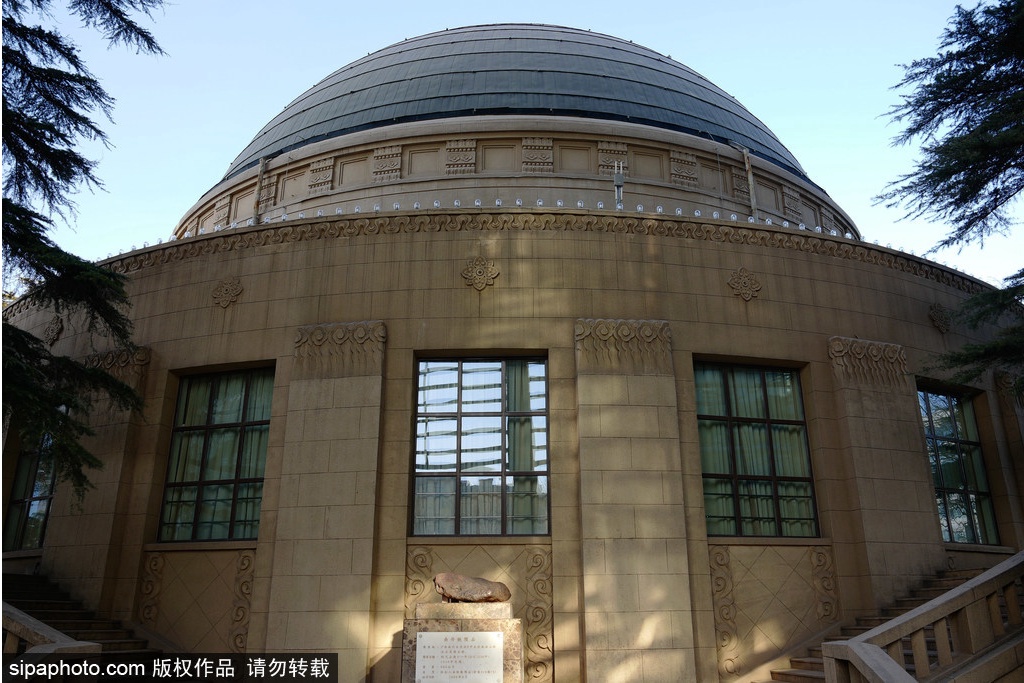
See the solar system on the globe
This item presents a panoramic view of the surface features of eight planets.
Planetary display: The rotation rate of the planet in front of us is the true relative speed of the planet. Venus hardly spins, which means it spins the slowest of the other seven planets. Jupiter and Saturn are obviously faster.
Go to the stars: Select the probe on the small screen, and the larger ball shows the objects the probe has explored simultaneously, as well as the probe's basic scientific information.

Moon: The front side of the moon is broken up into small pieces. The full front of the moon is displayed on the small screen. Put the pieces you think are right in the right place. If you put it right, it will show up on the big ball.
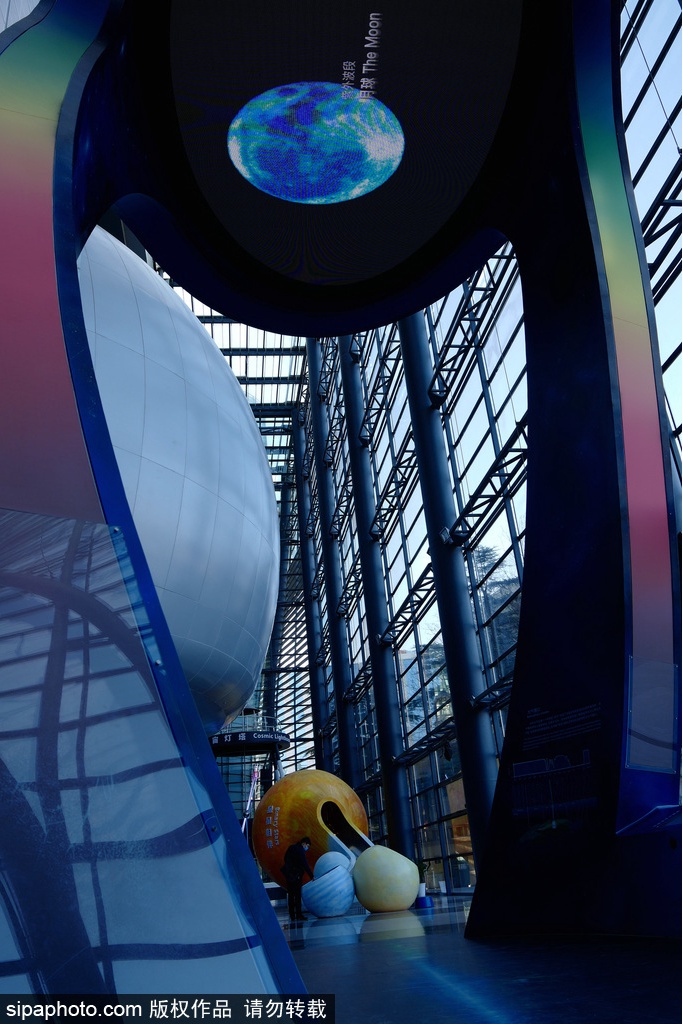
Detector model
Thousands of man-made spacecraft have flown in space since the first manned probe was launched in 1957. These probes are a collection of human intelligence. This is a model of China's Chang 'e-2 probe. This item is a 1:4 scale model.
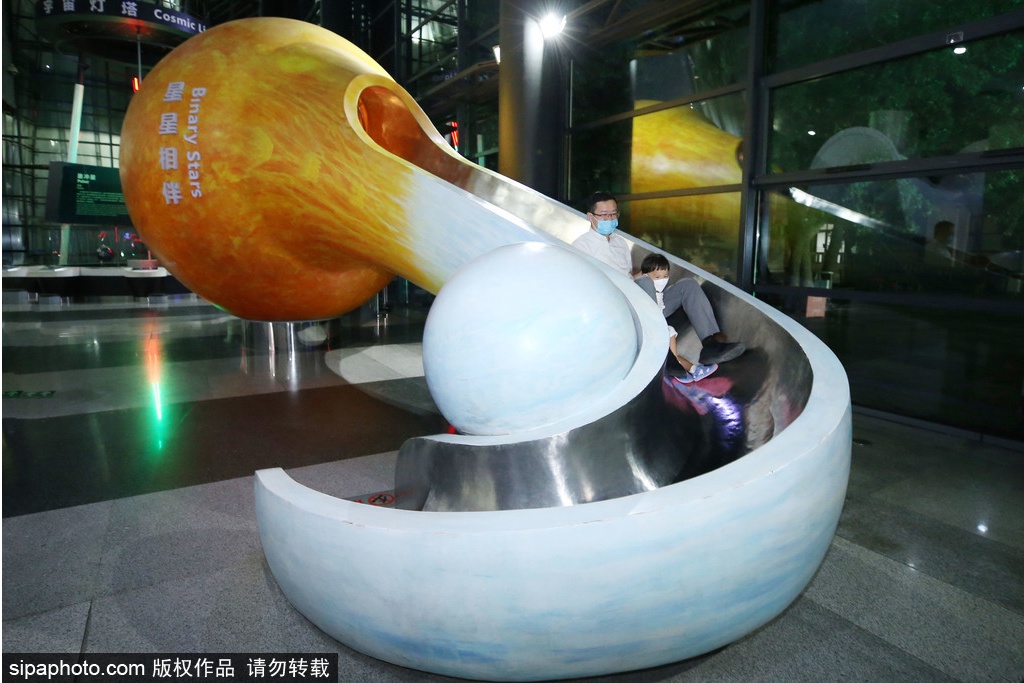
Chang 'e-2 is China's second lunar probe satellite and the first man-made asteroid in the solar system. It was successfully launched from Xichang Satellite Launch Center on October 1st, 2010. Chang 'e-2 has completed its engineering and scientific goals, as well as its mission to fly over the asteroid 4179 (Toutatis), and is now on its way further into deep space along its orbit around the sun.



